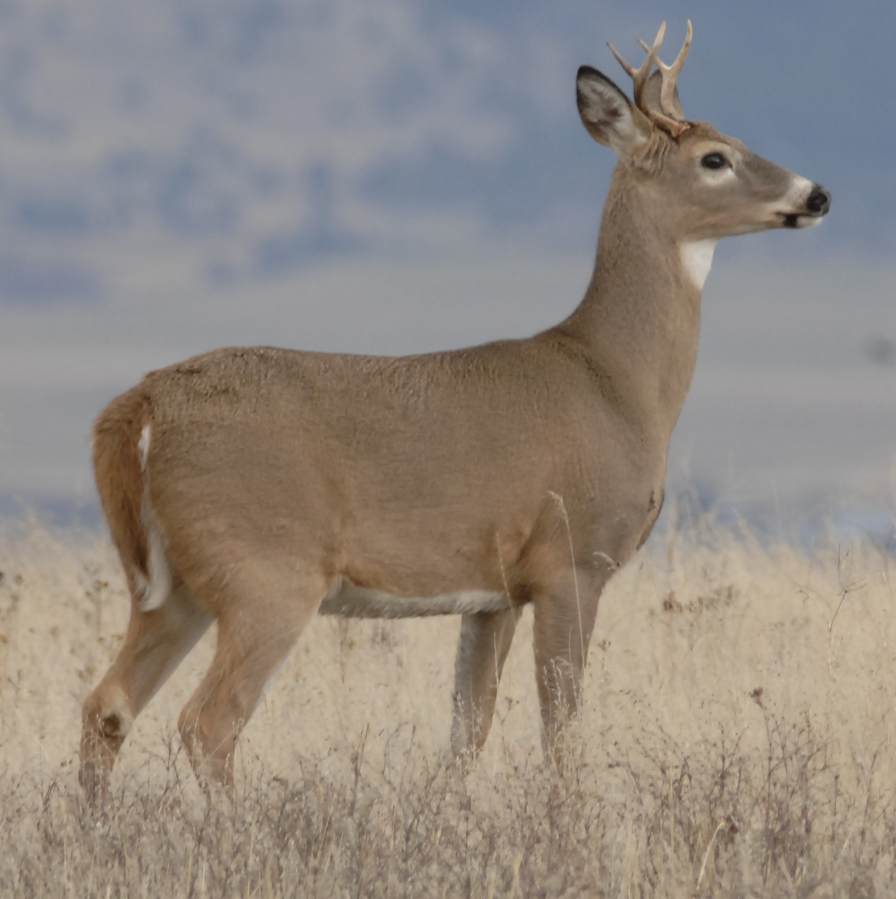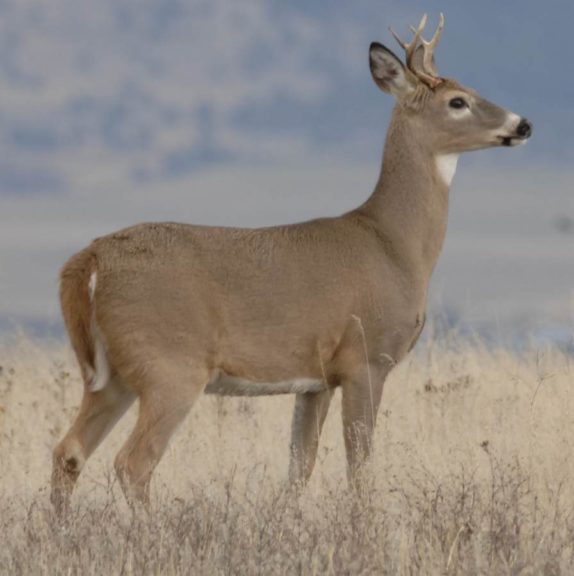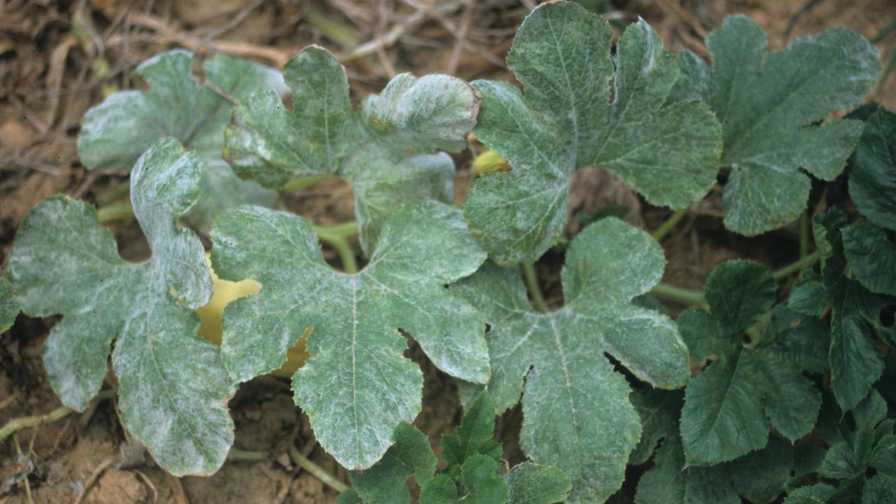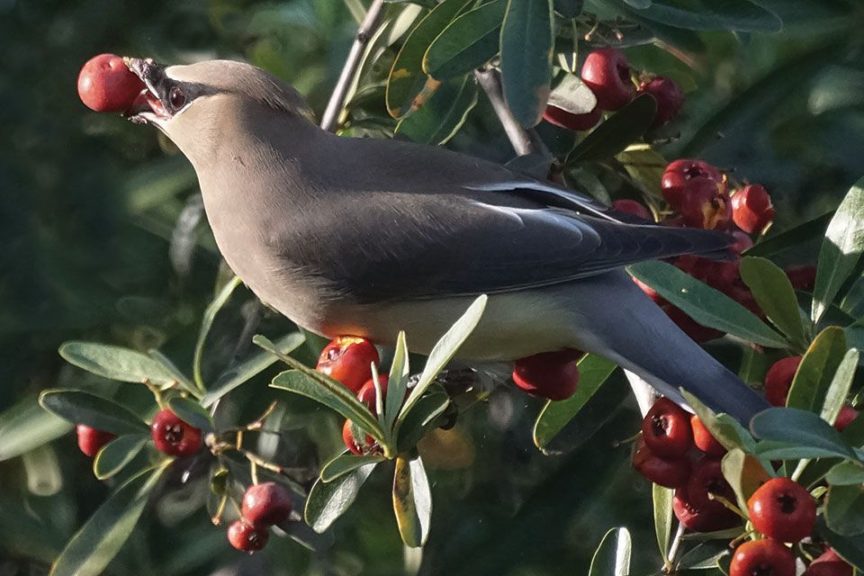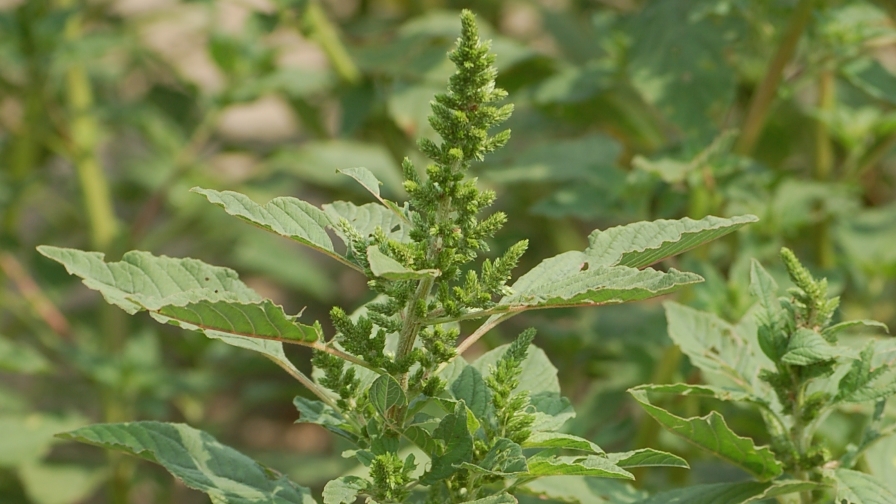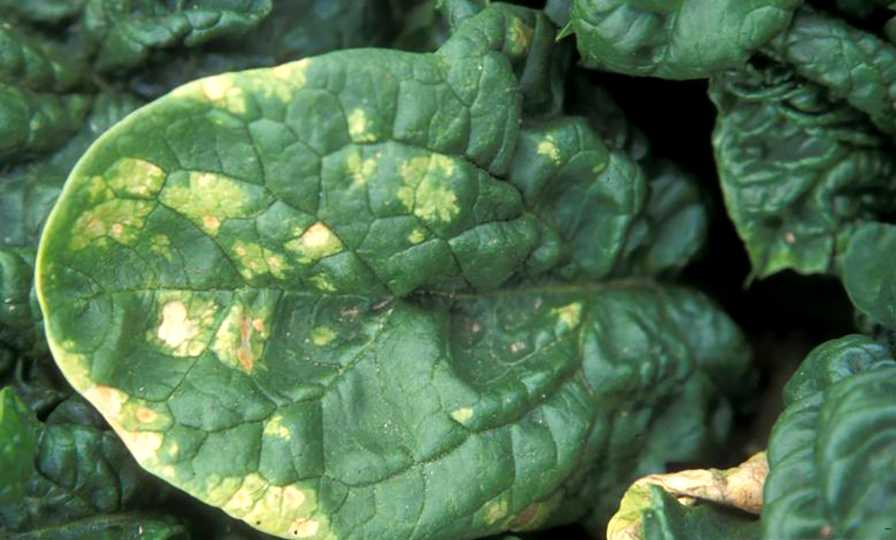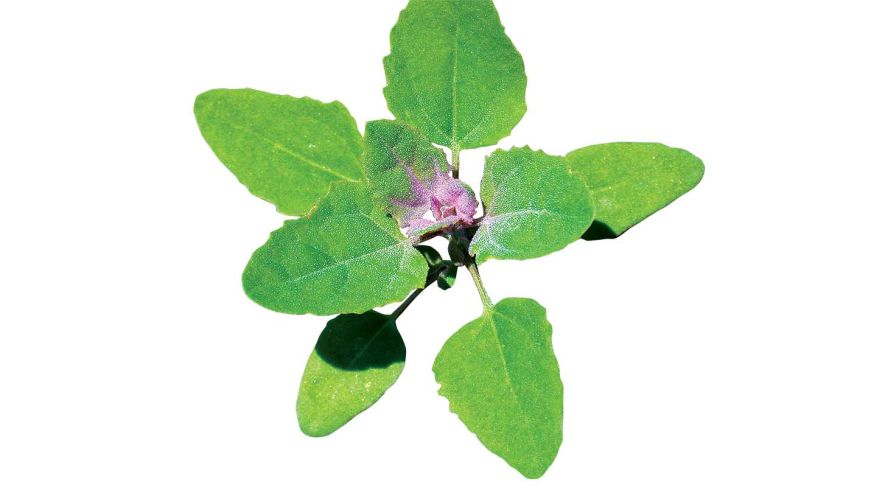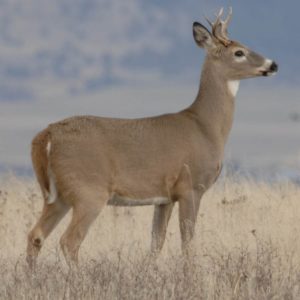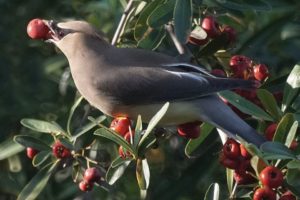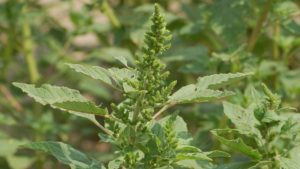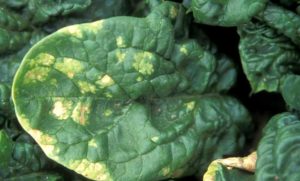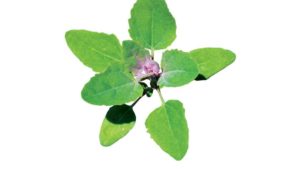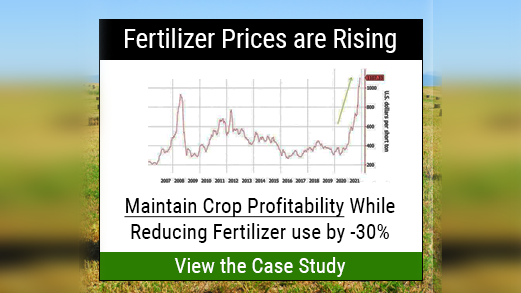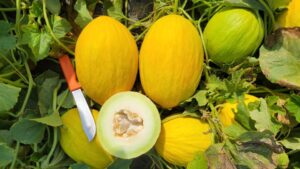What’s Bugging Vegetable Growers the Most? Survey Ranks the Top 6 Pests and Diseases
We finally got around to asking about wildlife pest in the production portion of the American Vegetable Grower 2023 State of the Vegetable Industry survey. Safe (or unsafe) to say, deer promptly bumped perennial pest frontrunners powdery mildew (disease), pigweed (weeds), and thrips (insects) down the list.
Growers cite no agricultural pest more often than deer as having been an issue in 2022. At 58%, deer take the No. 1 spot.
A Massachusetts grower concurs, saying there was an “extra emphasis on deer” in 2022. “We had more damage than ever before despite putting up three times more electric fence.”
While pleased to have had no insect trouble last year, a Louisiana grower laments not being as fortunate against deer, which took out his okra crop.
Concludes a New Hampshire grower: “Eradicate the deer.”
Deer Aren’t the Only Wildlife Pest
A different form of wildlife ranks third behind deer and powdery mildew. At 42%, birds frequently posed problems in 2022.
“Blackbirds do lots of damage,” a Minnesota grower says.
The next-worst wildlife pests, raccoons (25%), rats/mice (19%), and rabbits (19%), plagued up to a quarter of all grower respondents.
“It was a bad rodent year,” an Oregon grower says. “We got a terrier, which reduced rat populations, but mice have been moving in to take their place.”
Rounding out the wildlife top 10 are gophers (17%), groundhogs/woodchucks (17%), squirrels (14%), voles (14%), and coyotes (13%).
Coyotes draw the ire of a grower in Florida after they destroyed his irrigation system. “It will require a lot of time to reduce their population,” he says.
The biggest pest – literally, at least – are bears. Eleven growers – three in Connecticut, two in Louisiana, and one each in Vermont, Massachusetts, New York, Pennsylvania, West Virginia, and North Carolina –cite the animal.
Disease, Weeds, and Insects
Powdery mildew (52%) and downy mildew (38%) again rank first and second among diseases, which they have done since we first began asking the question in the state of industry survey.
Rounding out the disease top 10 are bacterial spot (24%), late blight (21%), phytophthora (19%), anthracnose (17%), Fusarium (17%), botrytis gray mold (16%), and early blight (15%).
“We had a big issue with Fusarium fruit rot in my soil,” a Michigan grower says.
While specific types of wildlife and disease are most significant, according to growers, the top broad pest issue remains weeds. Asked to identify their biggest challenges of any type as a vegetable grower, weeds, at 38%, rank fourth overall, behind labor/labor costs, crop prices, and inflation (see chart).
“We struggle with consistent weed control in vegetable crops,” a Michigan grower says.
“We have not used registered pesticides for years, but weed pressures from water hemp are starting to make us think that way,” a Minnesota grower says.
Pigweed (39%) leads the weed category once again, followed by lambsquarter (33%), nutsedge (29%), crab grass (26%), and morning glory (25%). States with at least 5% pigweed representation include Michigan (9%), New York (9%), California (7%), and Wisconsin (6%).
Although a little further down the list of top pests, three insects — thrips (29%), corn earworm (28%), and cucumber bugs (28%) — were nonetheless troublesome to growers on an almost equal scale.
Thrips vector several important plant viruses, including INSV, which has been especially rough on California lettuce production. Probably not coincidentally, about a quarter of California operations responding cite thrips as a particular problem.
Three states stood out for thrips incidence: California, Michigan, and New York. Corn earworm was prevalent in Michigan and Massachusetts, while cucumber bug tested growers in Ohio and Michigan.
Other often-mentioned insects include squash bug (25%), Colorado potato beetle (19%), Japanese beetle (19%), cabbage looper (18%), flea beetle (17%), brown marmorated stink bug (17%), spider mite (17%), whitefly (16%), and green peach aphid (15%).
“Potato aphid is a huge problem on greenhouse tomatoes,” a Massachusetts grower says.
According to one crop consultant in Pennsylvania, and reinforced by respondents throughout the survey, the pests are not necessarily the issue. Instead, he says, the primary issue is the removal or threat of removal of proven products to control those pests.
Thank You!
HM.CLAUSE generously supports our coverage of the American Vegetable Grower State of the Vegetable Industry survey.





